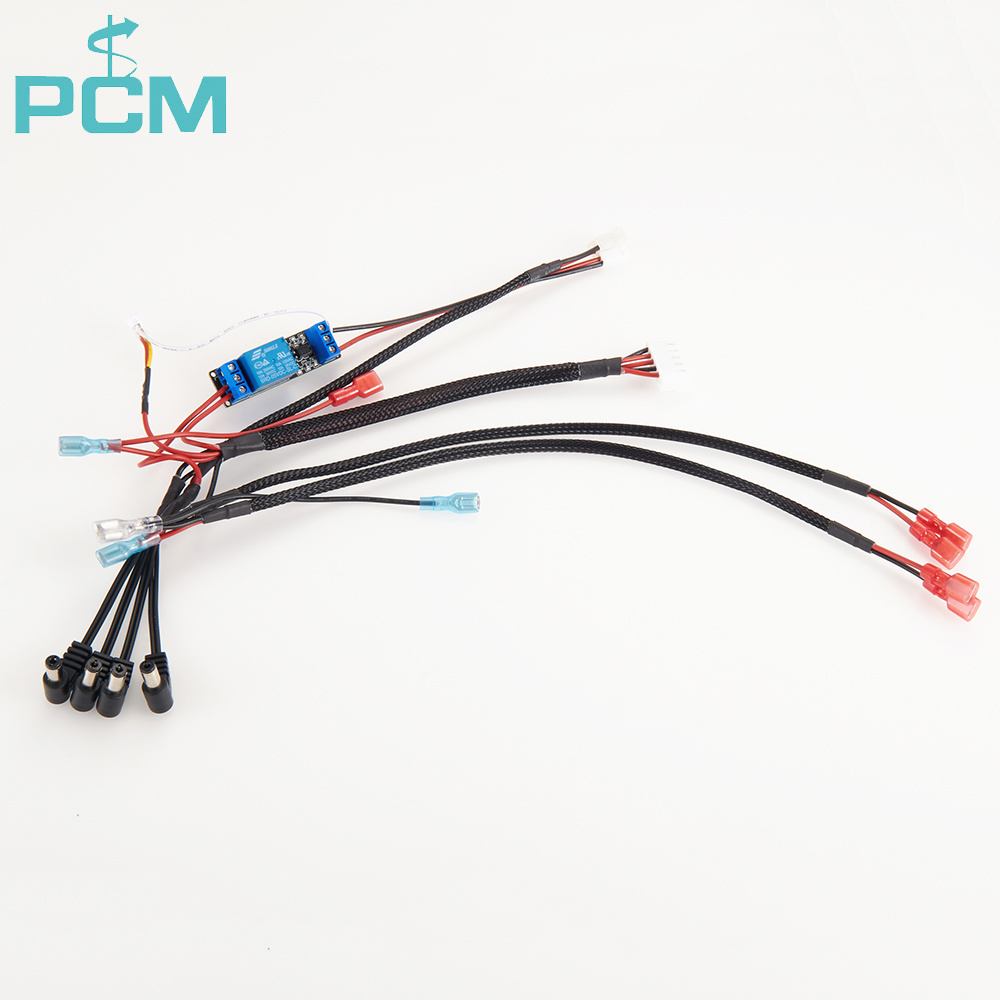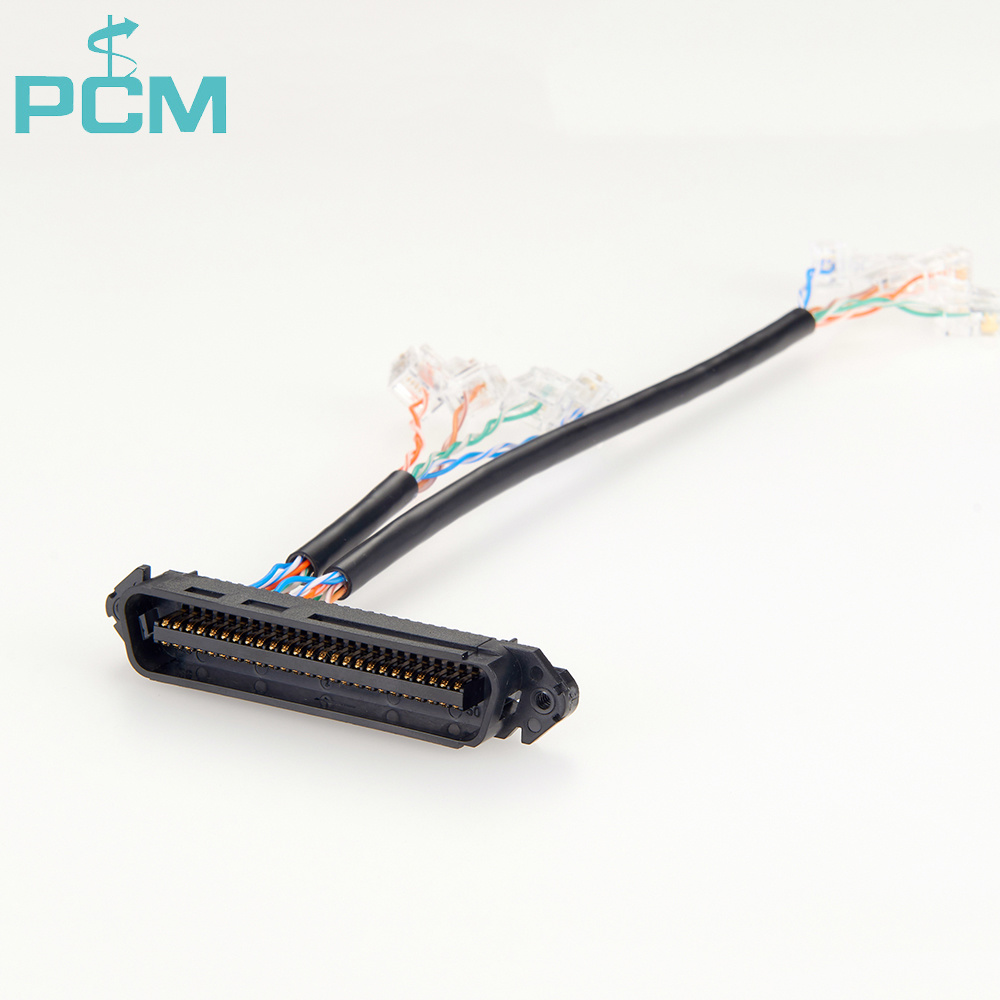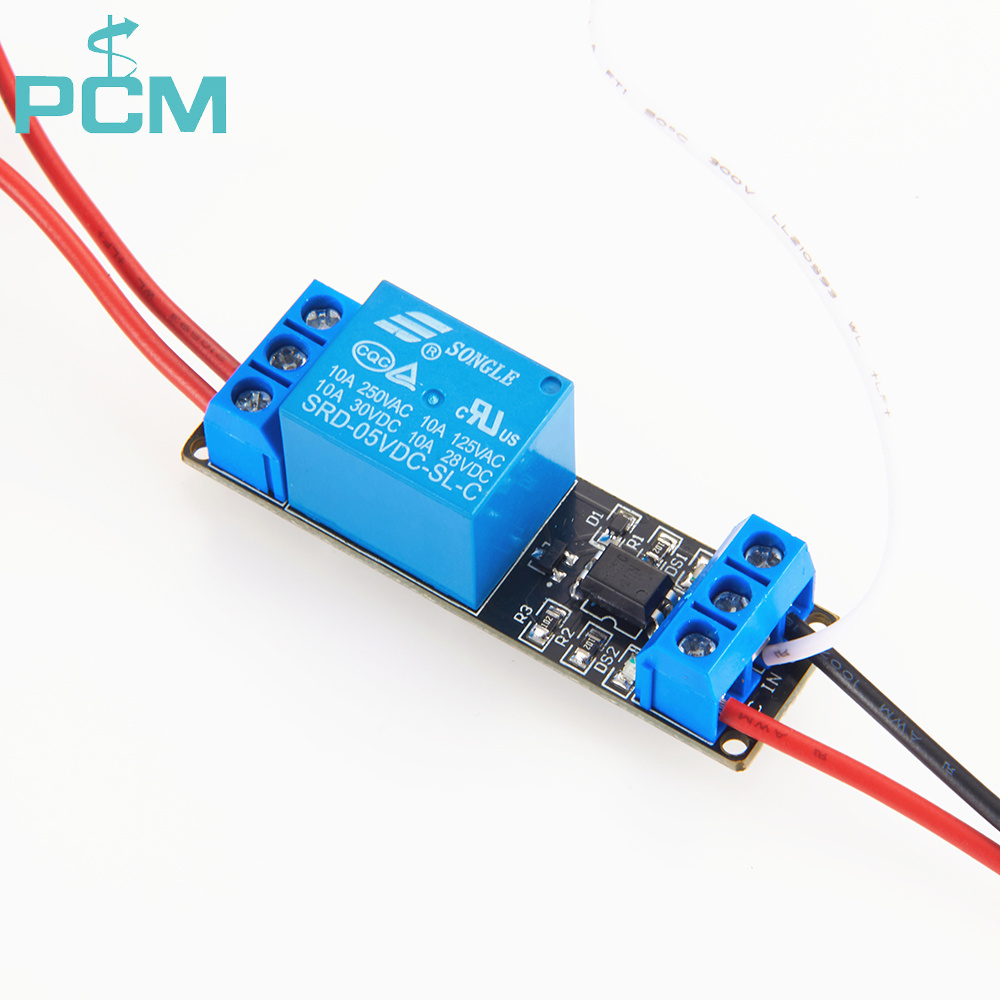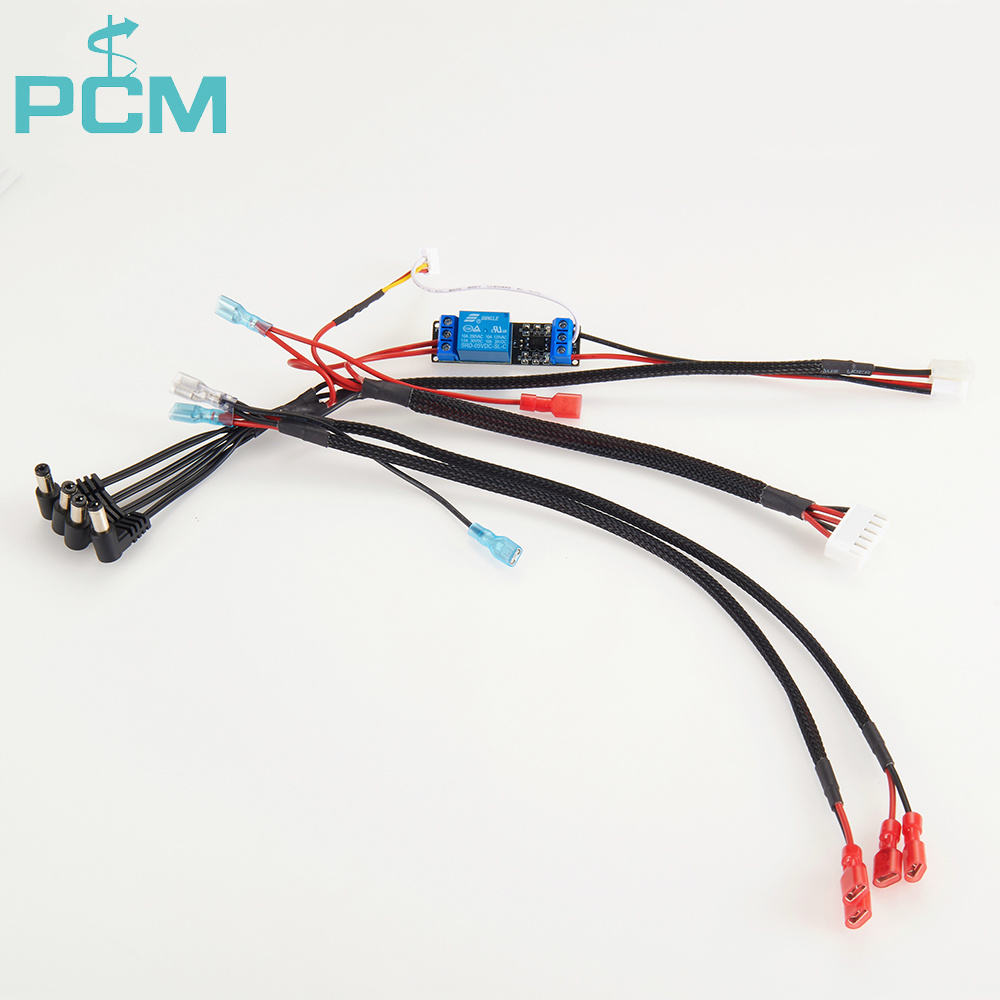 Esperanto
Esperanto
 Shqiptare
Shqiptare
 Euskara
Euskara
 Zulu
Zulu
 Latinus
Latinus
 Cymraeg
Cymraeg
 தமிழ்
தமிழ்
 Slovak
Slovak
 Slovak
Slovak
 Afrikaans
Afrikaans
Products
What is Auxiliary power unit APU ?
What is Auxiliary power unit APU ?
Auxiliary power unit
Auxiliary power unit Cable
Auxiliary Power Unit APU Cable
Auxiliary Power Connector Cable




An auxiliary power unit (APU) is a device on a vehicle that provides energy for functions other than propulsion.
They are commonly found on large aircraft and naval ships as well as some large land vehicles.
Aircraft APUs generally produce 115 V AC voltage at 400 Hz (rather than 50/60 Hz in mains supply), to run the electrical systems of the aircraft; others can produce 28 V DC voltage .
APUs can provide power through single or three-phase systems.
As mechanical startup APU for jet engines
The first German jet engines built during the Second World War used a mechanical APU starting system designed by the German engineer Norbert Riedel.
It consisted of a 10 horsepower (7.5 kW) two-stroke flat engine, which for the Junkers Jumo 004 design was hidden in the intake diverter, essentially functioning as a pioneering example of an auxiliary power unit for starting a jet engine.
A hole in the extreme nose of the diverter contained a manual pull-handle which started the piston engine, which in turn rotated the compressor.
Two spark plug access ports existed in the Jumo 004's intake diverter to service the Riedel unit's cylinders in situ, for maintenance purposes.
Two small "premix" tanks for the Riedel's petrol/oil fuel were fitted in the annular intake.
The engine was considered an extreme short stroke (bore / stroke: 70 mm / 35 mm = 2:1) design so it could fit within the intake diverter of jet engines like the Jumo 004.
For reduction it had an integrated planetary gear.
It was produced by Victoria in Nuremberg and served as a mechanical APU-style starter for all three German jet engine designs to have made it to at least the prototype stage before May 1945: the Junkers Jumo 004, the BMW 003 (which uniquely appears to use an electric starter for the Riedel APU),[7] and the prototypes (19 built) of the more advanced Heinkel HeS 011 engine, which mounted it just above the intake passage in the Heinkel-crafted sheetmetal of the engine nacelle nose.[8]
The Boeing 727 in 1963 was the first jetliner to feature a gas turbine APU, allowing it to operate at smaller airports, independent from ground facilities. The APU can be identified on many modern airliners by an exhaust pipe at the aircraft's tail.[9]
